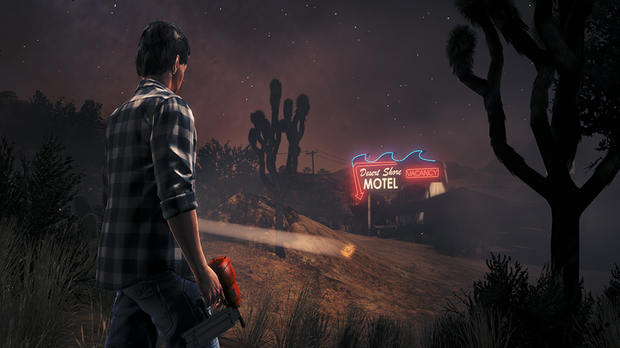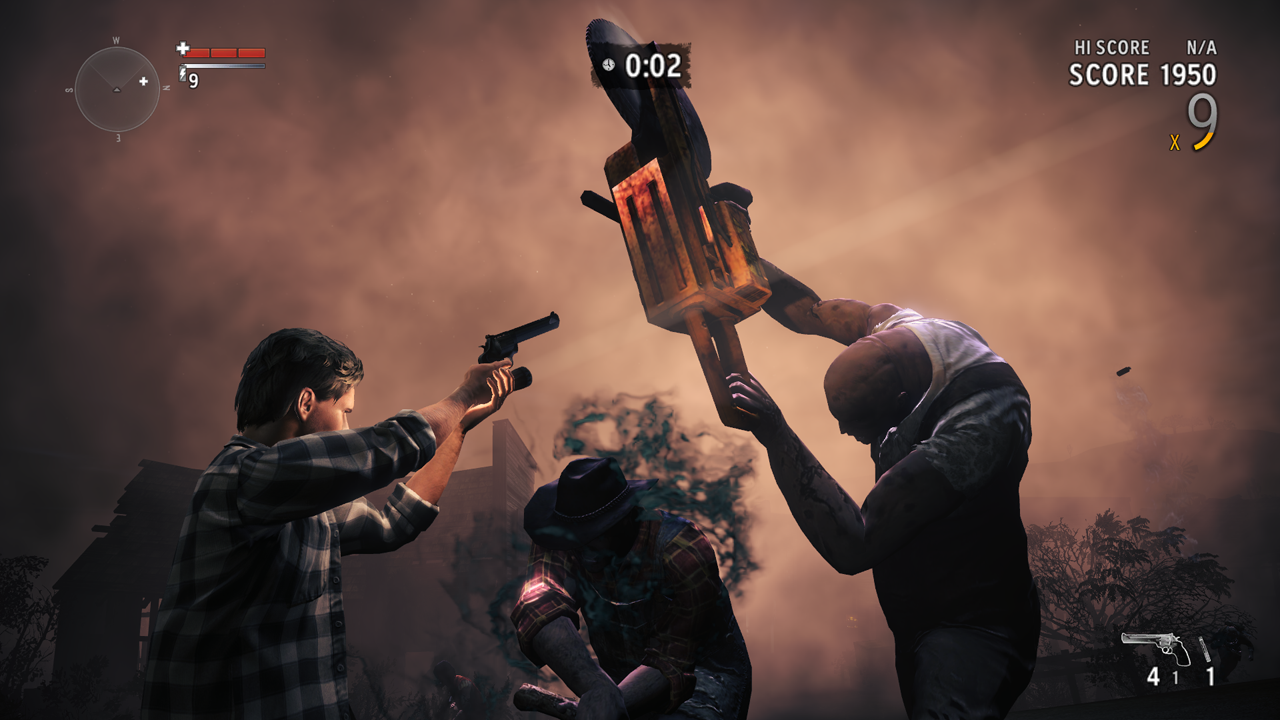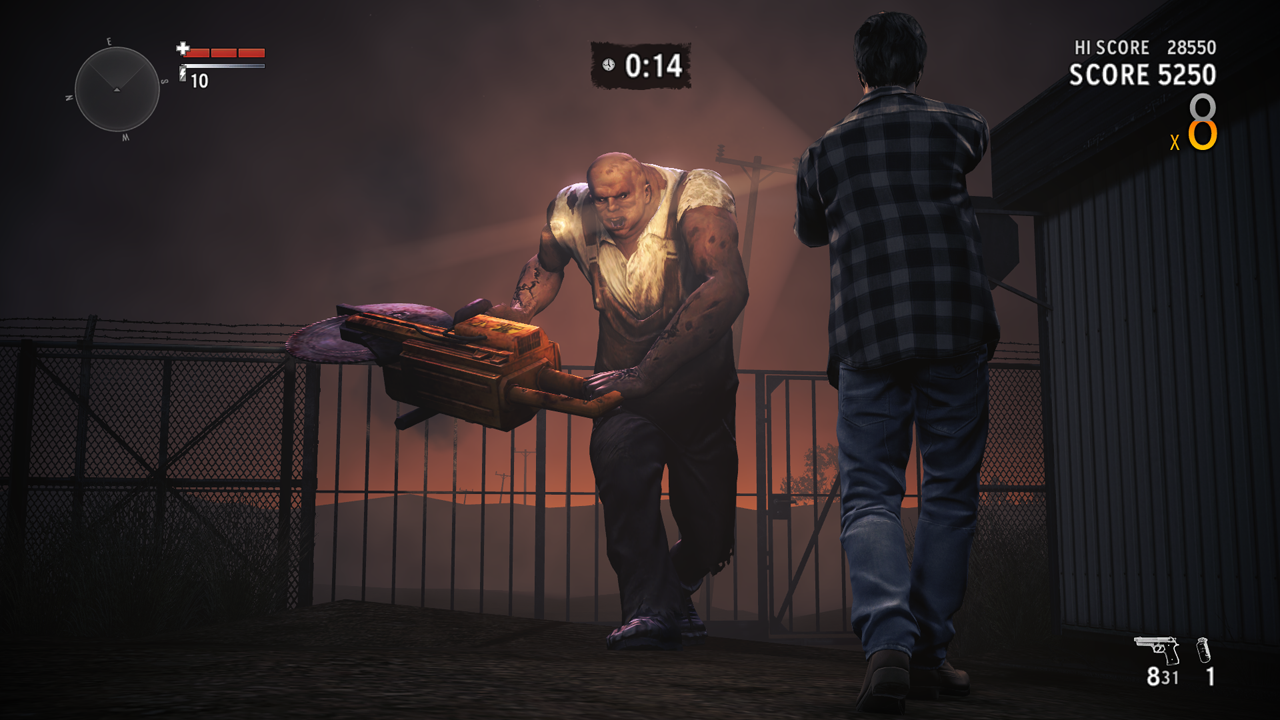GamesRadar+ Verdict
Pros
- +
Returning to the unique world of Alan Wake
- +
The shooting is more fun than ever
- +
Arcade Action adds lots of replay value
Cons
- -
So many fetch quests
- -
World is smaller than it seems
- -
Not as scary as the it once was
Why you can trust GamesRadar+
Alan Wake is a man as mysterious as his first game, an enigmatic title that ended its long development with a release that was impressively ambitious. Of course, not all those ambitions were fulfilled, but the creepy adventure was successful at telling a story that left a dedicated audience clamoring for more. The writer’s second adventure (not necessarily a sequel) may be a smaller XBLA-exclusive downloadable, but Alan Wake’s American Nightmare builds wonderfully on everything the first game did so well. We just wish it didn’t have to repeat itself so often.
American Nightmare’s plot starts oddly enough, mostly due to the original title (and its downloadable epilogue) giving few answers and little closure. Taking place some time after the last game, Wake finds himself spit back into reality (or is it?) to chase after his evil double, Mr. Scratch (or is he?). This drops him in the arid desert of Arizona (or is it?) where he needs to use his reality warping powers of creativity to save himself and a trio of women he meets along the way (or does he?).
A mysterious air hangs over the entire plot, as you aren’t sure just how real everything is, or if Wake is merely trapped in a clever Twilight Zone homage called Night Springs. That conceit makes for a much different tone than the original, as the Stephen King-inspired grey emptiness of a quiet mountain town is replaced with a dangerous, rocky desert filled with enemies. Dense forests being replaced for big open spaces is one of the many ways AWAN differentiates itself from its predecessor.

The tone is also thankfully lightened compared to the (at times) too serious first game, as Wake’s hushed tones about the power of writing and other philosophizing have been mostly replaced for the better. The game is now narrated by the Rod Serling-type that introduced the Night Springs series, framing the adventure in an entertaining way. Even Wake’s voiceover for his manuscript pages are more pulpy and fun. As a result, there are fewer frights and disturbing moments, but this tonal shift mostly pays off for Wake.
Similarly, Wake’s interactions with other characters is improved too, as the once confused hero now knows his purpose and has many of the answers he once was fumbling for. The morose leading man, once unsure of so many things, knows what he’s fighting for and won’t give up so easily. It makes him more likeable, and thankfully this new clarity for Wake also means the game doesn’t have to waste as much time reintroducing concepts like the combat.

Story and the power of narrative are still paramount to Wake, but AWAN indulges itself by truly embracing its exciting gunplay. Gone is the awkward platforming and other strange diversions, as the main focus of the gameplay is blasting away a steady stream of the darkness-covered Taken that are lurking behind every rock and abandoned car. Much like the rest of the game, the gunplay is greatly improved by a renewed focus on fun.
More info
| Platform | "Xbox 360" |
Henry Gilbert is a former GamesRadar+ Editor, having spent seven years at the site helping to navigate our readers through the PS3 and Xbox 360 generation. Henry is now following another passion of his besides video games, working as the producer and podcast cohost of the popular Talking Simpsons and What a Cartoon podcasts.




